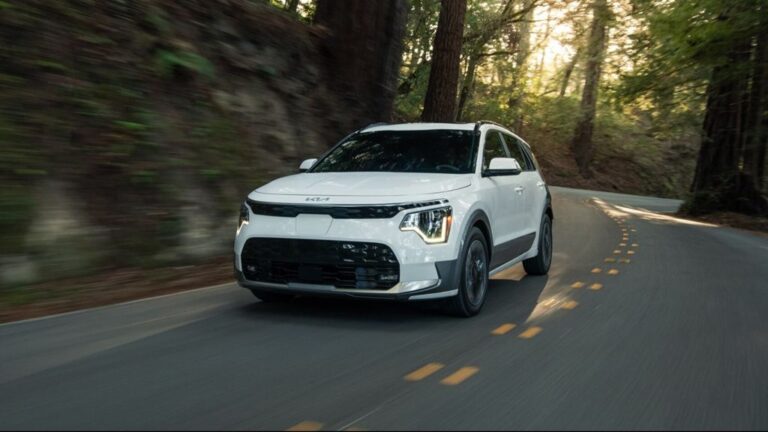Car Deals: Knowing When to Buy or Lease a Vehicle

The ownership of a car is a significant step, regardless of whether the concerned party is an individual or a group, like a family. Money is, of course, one of the biggest determinants of what, where, and how you go about looking for a vehicle.
Leasing and purchasing are two major ways of owning a vehicle. This decision is less about one’s own volition and more about factors like the type of requirement, budget constraints, and upfront payment capability. If you don’t decide, the salesman sitting in front of you at the dealership will do it, typically in the interest of capitalism.
Leasing vs Financing a Car
The major benefit of leasing a car is that the monthly payments are lower and therefore, manageable. Of course, downsides are needed to complete the equation. Most leased cars are on a fixed mileage which sometimes doesn’t fit into the driver’s lifestyle. There is no fixed number, but if you need to drive more than 15,000 miles a year, leasing is not the best option.
However, if your mileage is low, then nothing better. An added bonus is that you can indulge yourself with a new car every once in a time. Of course, you’d have to maintain and repair the leased car. But when the lease ends, the car has to be returned, sometimes with a fee. No chance of gaining some equity by trading or selling it.
On the other hand, we have financing or purchasing a vehicle through something like an auto loan. The freedom is potentially unlimited here. Drive as much as you want, or as less, customize the car as you want, and treat the car as you want. The only problem is the down payment. Considering the size of your budget, you could struggle with arranging the first deposit. In such cases, going for a low-cost alternative to the vehicle of your choice is the next best option. Second-hand or Certified Pre-Owned versions of some vehicles are also available.
Pre-loan Considerations for Car
For the majority of the populace, an auto loan is the only way they would get hands of a vehicle. Never mind the high interest rates or inflation, obtaining a loan is the tried-and-tested method for purchasing or leasing a vehicle.
While it is necessary to beware of loan sharks, the same can be said for the concept of zero-interest loans. Yet many low-APR options are available on short-term three- to four-year loans. The exact percentage of interest rates varies but it can be somewhere between 3.9 and 4.9.
Loans can also be obtained from banks. However, this option is suitable only when the monthly payment needs to be as low as possible. Consequently, the loan term is as long as 60 to 72 months. NerdWallet, a consumer financial website, sets the average auto-loan interest rate in the third quarter of 2023 at 7 percent for new cars and 11 percent for second-hand cars.
Compare the interest rates of the dealership with your bank or credit union. Only if the former beats the latter in this regard, you could go for the dealership. If not, it is better to stick to an institute you already are engaged with and trust.
Long-term Loans for Car
If we are looking for records, then some lenders are willing to extend the loan term to 84 months – a full seven years. The plus point is that the monthly payments are extremely low. However, if you run a car for seven years, repair costs will creep in. Perhaps the combined cost will outweigh the obvious benefit.
However, if paying every month for the next seven years is not a problem, then leasing might be a better option.
Bad Credit Issues
Money has been the undoing of many people. It can even haunt you, like making for a bad credit history that leads to rejected applications. According to NerdWallet, used-car loans go higher than 21 percent APR for bad-credit borrows (classified as having a score below 500).
If you are one among the many “bad creditors,” consider improving your credit history first. Don’t use more than 30 percent of the available credit. Pay bills on time and completely. Keep doing this and your history will improve.
But if a vehicle is an emergency, then getting a co-signer is an option for lowered interest rates. Or perhaps you could refinance the car after a year of on-time payments.






